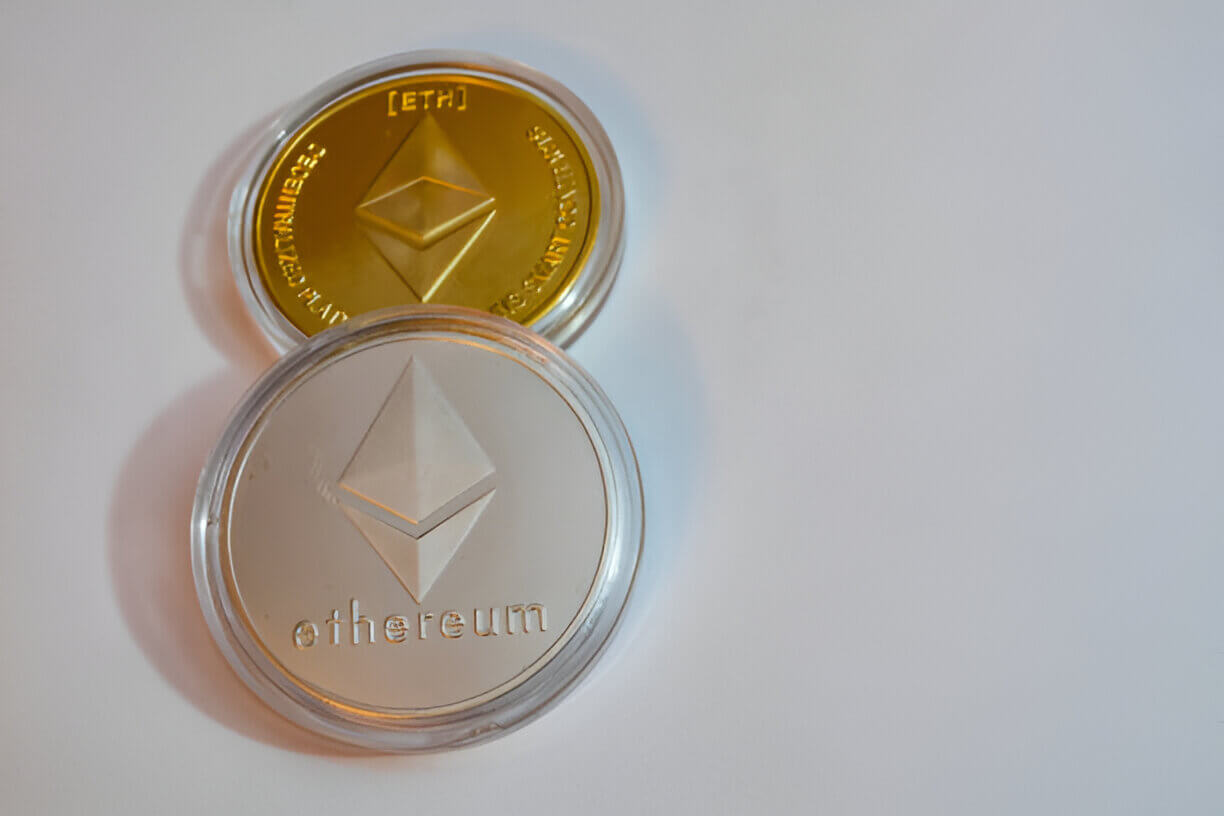Ethereum’s Shanghai upgrade didn’t crash the chain or mint instant billionaires—but it did change the game for DeFi in 2025. While the headlines mostly screamed “Staking Withdrawals Are Live!” the real action was deeper, and for decentralized finance projects, it was like watching the rules of Monopoly quietly change mid-game. So what actually happened? And why does it matter for DeFi projects running on Ethereum in 2025? Let’s break it down like you just googled “Shanghai upgrade effects, but make it simple.”
Shanghai: What Even Is It?
The Ethereum Shanghai upgrade—rolled out in early 2023—enabled staked ETH withdrawals. Sounds small, right? But that feature had been locked up since the Beacon Chain launched in 2020. So, for years, validators staked their ETH with no exit plan. Shanghai flipped that switch. Validators could finally unstake and move ETH. That moment turned staking from a hotel into an Airbnb. Flexible, fluid, open for business.
OK, But Why Should DeFi Projects Care?
Because DeFi runs on liquidity. And staking tied up a lot of ETH—over 20 million coins at one point. That’s $60 billion+ in ghost liquidity just sitting there. The Shanghai upgrade unleashed that capital. And DeFi projects built on Ethereum in 2025 are now feeling both the love and the heat. Let’s look at how the upgrade is reshaping the DeFi battlefield.
1. Liquidity Got Smarter (and Lazier)
After Shanghai, a wave of stakers withdrew ETH—not to dump it, but to redeploy it. A lot of that ETH went straight into DeFi protocols. Yield farmers saw APRs on LSDs (liquid staking derivatives) like stETH and rETH, and said: “Why settle for one yield when you can double-dip?” In 2025, this trend is even stronger. Users are staking via protocols like Lido, then supplying that token into DeFi money markets like Aave or Curve. Welcome to staking-on-steroids. The Ethereum upgrade impact here is real—more capital, more composability, and yes, a bit more risk.
2. LSD-Fi Became a DeFi Supergenre
“LSD-Fi” isn’t a bad trip—it’s a booming DeFi niche built around liquid staking tokens. Think of it like DeFi for people who want staking rewards without giving up access to their ETH. Shanghai made that possible. Suddenly, holding stETH didn’t feel like locking ETH in a safe. You could use it to borrow, lend, swap, or farm. Protocols like Pendle and Gravita leaned in hard, building exotic instruments based on yield curves and ETH redemption timelines. It’s gotten complex fast, but the TL;DR is this: Ethereum’s Shanghai upgrade effects unleashed a new category of DeFi that’s still evolving in 2025.
3. APYs Got Competitive (But Not Crazy)
Before Shanghai, ETH staking yield hovered around 4-6%. Post-upgrade, competition kicked in. Lido, Rocket Pool, Coinbase, and solo stakers all vied for deposits. DeFi protocols had to offer something extra to attract that ETH—whether it was boosted rewards, airdrops, or exotic derivatives. Still, yields didn’t moon. The Ethereum upgrade impact was more about efficiency than insanity. Smart DeFi projects in 2025 will now be designed around “sticky” LSD liquidity. It’s not just about yield anymore—it’s about utility.
4. Governance Models Got a Stress Test
The Shanghai upgrade also stress-tested DAO governance in real time. Protocols holding massive amounts of staked ETH had to decide how to manage it. Should they convert to stETH? Offer their own staking pools? Partner with centralized providers? Protocols like Frax tried hybrid models. Others doubled down on decentralization. The point is, the upgrade forced DeFi teams to act—not just code. In 2025, these decisions are separating the serious projects from the food coins.
5. Exit Liquidity Pressure Showed Its Teeth
Here’s the not-so-fun part. Shanghai allowed massive withdrawals. That’s great for user freedom, but tricky for protocols relying on stETH or similar tokens as collateral. When ETH prices dipped, some users rushed to redeem stETH for ETH, causing liquidity crunches. It didn’t crash anything, but it was a reminder: pegged assets aren’t always as safe as they look. Several 2025 DeFi projects are now baking in more flexible redemption systems—or ditching reliance on LSDs altogether.
6. Protocol Revenue Models Shifted
Another overlooked effect: Shanghai changed how protocols make money. Before, staking rewards went mostly to validators. Now, protocols offering LSDs can capture a slice of those rewards. Lido, for example, earns a fee on stETH rewards. That income funds development, governance, even bribes on Curve. Smaller projects are copying the model. In 2025, LSD-fee flow is a real revenue line on DeFi spreadsheets.
7. Risk Management Isn’t Optional Anymore
The Ethereum Shanghai upgrade effects weren’t all positive. With more ETH sloshing around in DeFi, smart contract risk, liquidation risk, and governance exploits are back in the spotlight. Some protocols—like Euler Finance—already learned this the hard way. Now, more projects are running simulations, adding insurance layers, and hiring auditors before launching anything tied to LSDs. In 2025, users demand risk metrics before they deposit. Shanghai made that conversation unavoidable.
8. Ethereum’s Image Got a Reputation Buff
One subtle but important outcome: Ethereum looked competent. The Shanghai upgrade shipped on time, worked flawlessly, and didn’t require major forks. For institutions still skeptical of “crypto drama,” this was big. It signaled that Ethereum can evolve without breaking stuff. That confidence spilled into DeFi. More TradFi players are entering Ethereum-based protocols in 2025 because they saw Shanghai work. That’s the quiet Ethereum upgrade impact you don’t see on charts.
9. New Projects Are Building “Shanghai-First”
Here’s a 2025 twist: new DeFi projects now assume a post-Shanghai world. That means they optimize for LSD liquidity, integrate with EigenLayer restaking modules, and treat stETH as base collateral. You’ll rarely see raw ETH pools anymore—it’s all about liquid, yield-bearing assets. It’s like designing an app in 2025 and skipping desktop mode. Shanghai didn’t just change the rules. It changed the default.
Final Thoughts: DeFi’s Shanghai Surprise
Ethereum’s Shanghai upgrade wasn’t hyped like The Merge. But its effects on DeFi have been deeper and more long-term. It unlocked billions in ETH, jumpstarted a whole sector of LSD-Fi, and reshaped how projects build, fund, and govern themselves. In 2025, we’re still unpacking what it means. But one thing’s clear: DeFi projects running on Ethereum are more agile, more liquid, and more composable than ever—and Shanghai was the spark.

About The Author
Name: Frasat Ali
Role: Founder & Lead Analyst at LatestCryptoInfo.com
Experience: 5+ Years in Blockchain & Cryptocurrency Markets
Specializations: Bitcoin, Ethereum, DeFi, NFTs, and Crypto Regulations
Frasat Ali is a seasoned cryptocurrency analyst with over five years of hands-on experience in blockchain technology, trading, and market research. As the founder of LatestCryptoInfo.com, he is dedicated to providing accurate, unbiased, and actionable crypto news to help investors make informed decisions.

Stay Ahead in Crypto!
Follow us on Facebook for the latest market updates, expert insights, and real-time predictions on Bitcoin and other top cryptocurrencies. Don’t miss out – stay informed and make smarter investment choices today!
